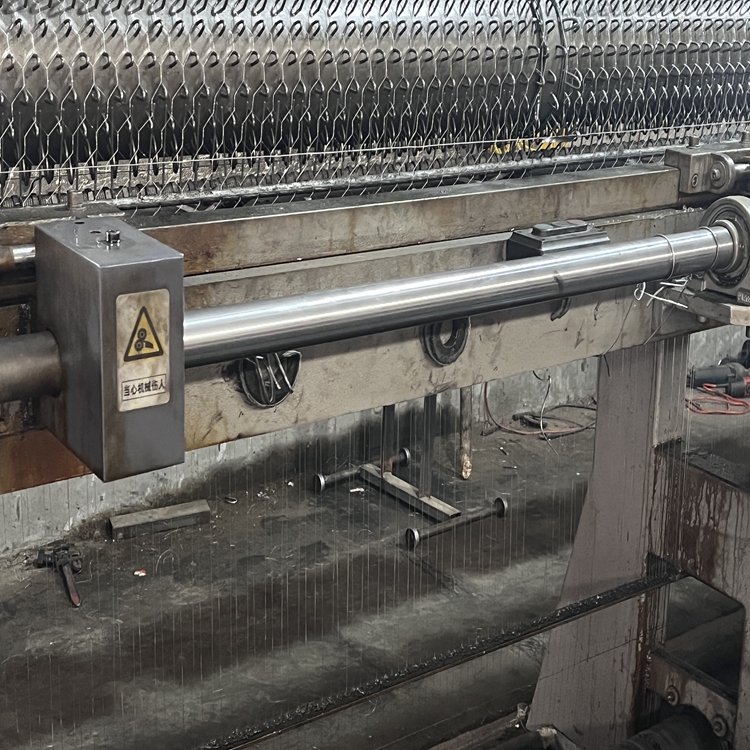Fencing Solutions for Agricultural Exporters to Enhance Efficiency and Security
The Role of Fencing in Modern Farming Exportation
In today’s globalized economy, farming is no longer purely a local endeavor; it has expanded into a robust international market. As agricultural exporters look to enhance productivity and protect their valuable crops, fencing has emerged as a critical component in modern farming practices. This article explores the various dimensions of fencing in agriculture, particularly its significance for exporters, benefits, types, and best practices.
Importance of Fencing in Agriculture
Fencing serves multiple purposes in agriculture. Firstly, it is vital for keeping livestock contained. For exporters, livestock management is crucial, especially for products like beef, dairy, and wool. Effective fencing prevents animals from straying and helps manage pasture and crop rotation, thus maintaining the integrity of production cycles.
Secondly, fencing plays a key role in protecting crops. Farmers are often faced with threats from wildlife, such as deer and rabbits, which can devastate crops. Proper fencing not only protects crops from these invaders but also minimizes the need for chemical deterrents, aligning with sustainable farming practices that are increasingly demanded in global markets. The ability to export high-quality, chemical-free produce is a significant competitive advantage.
Types of Fencing for Farms
The choice of fencing materials and styles varies based on the specific needs of the farm, the type of crops being cultivated, and local wildlife
. Here are some common fencing options1. Barbed Wire Fencing This traditional fencing method is effective for enclosing large areas and is particularly useful for livestock. Barbed wire is typically low-maintenance and cost-effective, making it a popular choice among farmers.
2. Electric Fencing Modern technology has introduced electric fencing as a viable option to deter both wildlife and keep livestock contained. This type of fencing is especially useful for farms located near forests or wild areas. It can be more costly but offers flexibility and better protection.
3. Woven Wire Fencing This type provides robust protection and is often used in more permanent setups. It is suitable for containing livestock and preventing wild animals from entering crop areas, making it an excellent choice for serious agricultural exporters.
4. Wooden Fencing While traditionally used for aesthetic purposes, wooden fencing can also serve functional roles. However, it requires more maintenance and may not be as effective as barbed or woven wire in protecting crops from wildlife.
fence for farming exporters

5. Temporary Fencing For farmers engaging in rotational grazing or crop protection, temporary fencing options (such as plastic or fabric fencing) offer versatility. These can be easily moved as needed and are often less expensive, allowing farmers to adapt their strategies based on seasonal requirements.
Best Practices for Fencing in Export Farming
To maximize the benefits of fencing in agricultural exportation, here are several best practices farmers should consider
- Assess Local Wildlife Understanding the local wildlife is crucial for choosing the right type of fencing. Different animals require different fencing solutions; for example, taller fences may be necessary for deer.
- Invest in Quality While cost is a significant factor, investing in high-quality fencing materials can lead to long-term savings through reduced repairs and maintenance.
- Regular Maintenance Conduct regular inspections of fencing to ensure its integrity and effectiveness. This includes repairing any damages promptly to prevent breaches.
- Integrate Technology For larger operations, incorporating technology such as motion sensors or remote monitoring can enhance security and assist in managing both livestock and wildlife.
- Stay Informed As agricultural practices and regulations evolve, staying informed about new fencing technologies and methods can provide competitive advantages in the export market.
Conclusion
Fencing is an integral aspect of contemporary farming practices that significantly impacts the exportation of agricultural products. By protecting crops and livestock, farmers can enhance their productivity and gain a reliable edge in international markets. As the demand for high-quality, sustainable products continues to grow, investing in proper fencing solutions will not only safeguard agricultural investments but also contribute to the broader goals of environmental stewardship and economic viability in the ever-evolving landscape of agricultural exportation. By making thoughtful decisions about fencing, farmers can better position themselves for success in a competitive global marketplace.
-
The Durability and Versatility of Steel Wire
NewsJun.26,2025
-
The Best Iron Nails for Your Construction Projects
NewsJun.26,2025
-
Strengthen Your Projects with Durable Metal Stakes
NewsJun.26,2025
-
Get the Job Done Right with Duplex Nails
NewsJun.26,2025
-
Explore the Versatility and Strength of Metal Mesh
NewsJun.26,2025
-
Enhance Your Security with Razor Wire
NewsJun.26,2025














